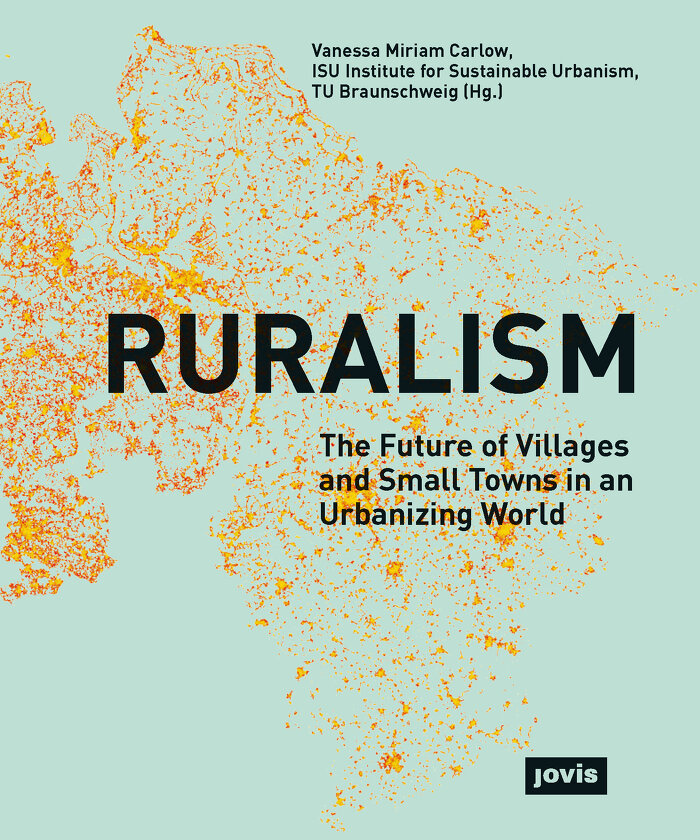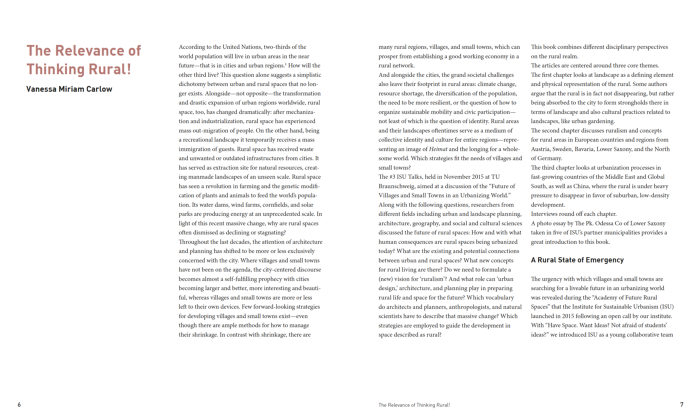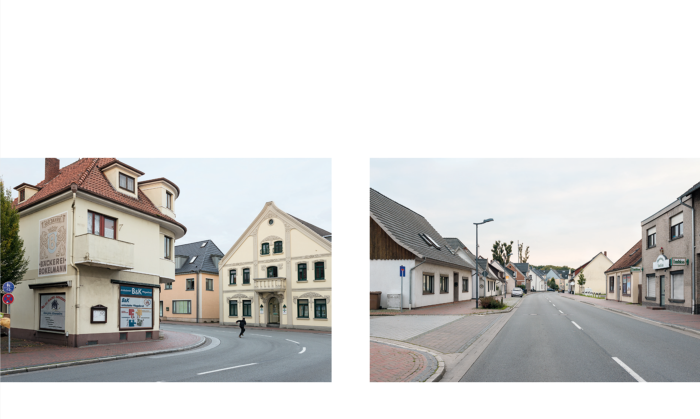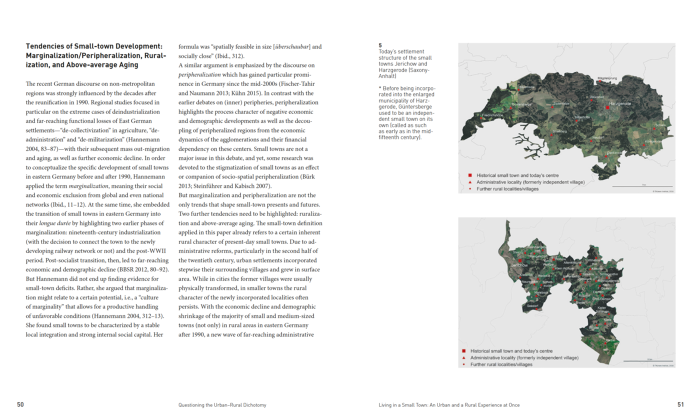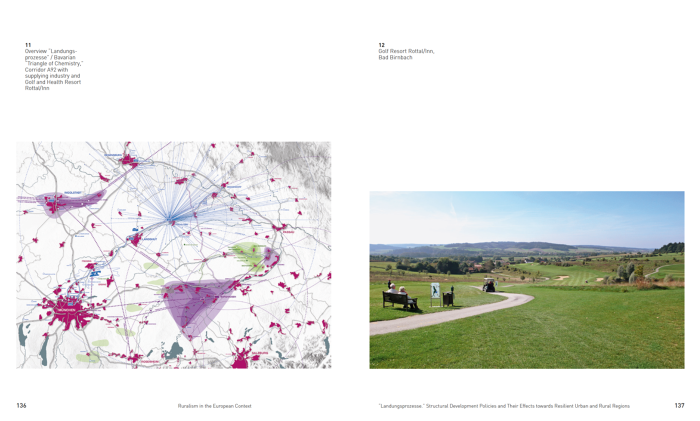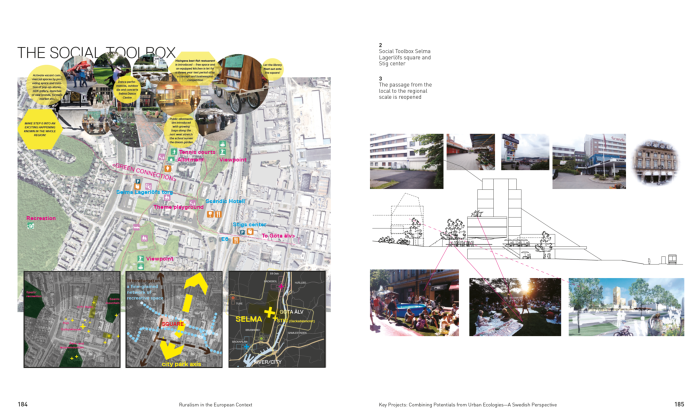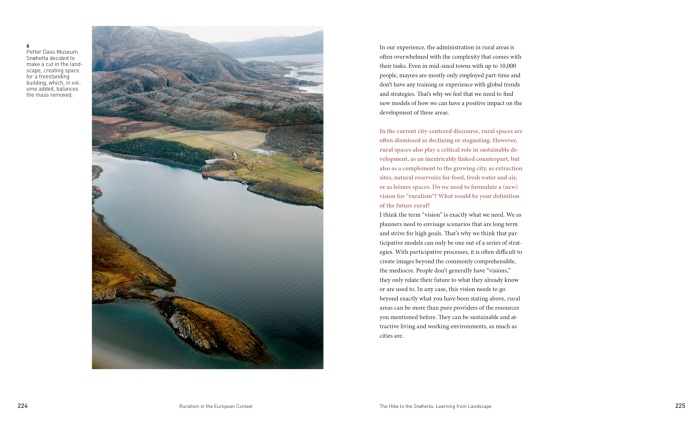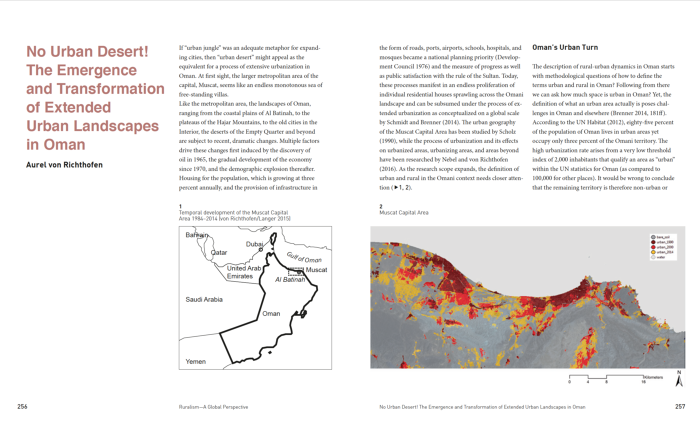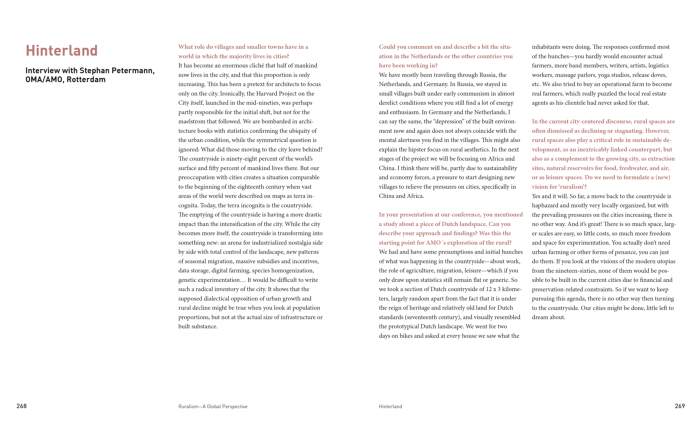RURALISM
The Future of Villages and small Towns in an urbanizing World
According to the United Nations, two-thirds of the
world population will live in urban areas in the near future—that is in cities and urban regions.1 How will the other third live? This question alone suggests a simplistic dichotomy between urban and rural spaces that no lon- ger exists. Alongside—not opposite—the transformation and drastic expansion of urban regions worldwide, rural space, too, has changed dramatically: after mechaniza- tion and industrialization, rural space has experienced mass out-migration of people. On the other hand, being a recreational landscape it temporarily receives a mass immigration of guests. Rural space has received waste and unwanted or outdated infrastructures from cities. It has served as extraction site for natural resources, creat- ing manmade landscapes of an unseen scale. Rural space has seen a revolution in farming and the genetic modifi- cation of plants and animals to feed the world’s popula- tion. Its water dams, wind farms, cornfields, and solar parks are producing energy at an unprecedented scale. In light of this recent massive change, why are rural spaces often dismissed as declining or stagnating?
With RURALISM, we explore the future of villages and small towns in an urbanizing world.
